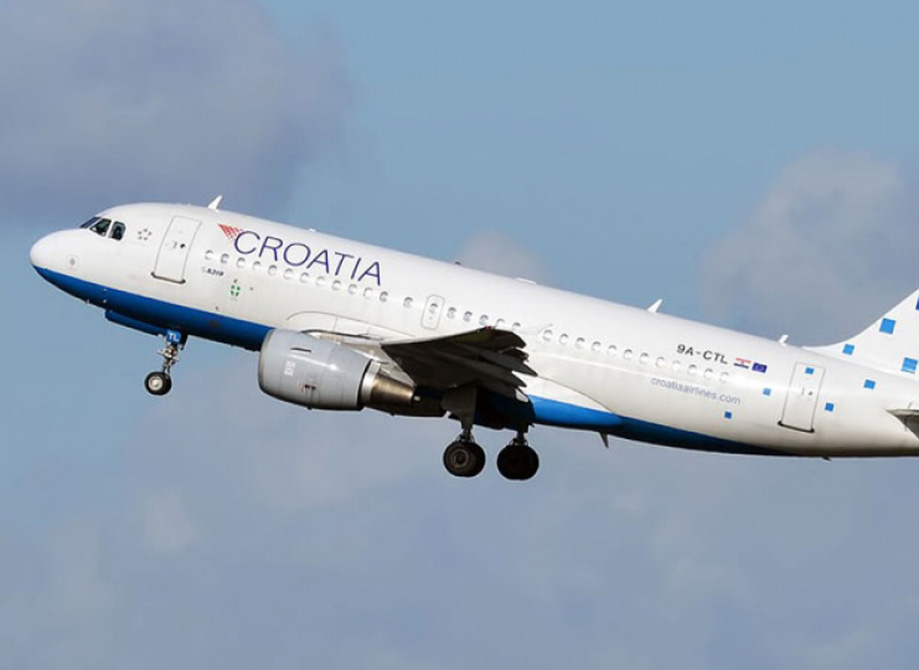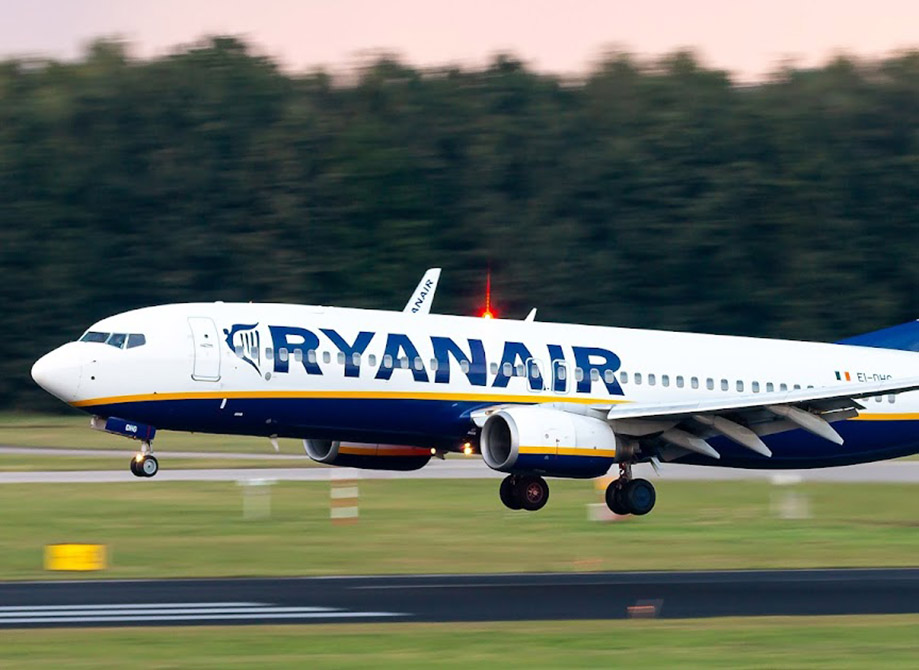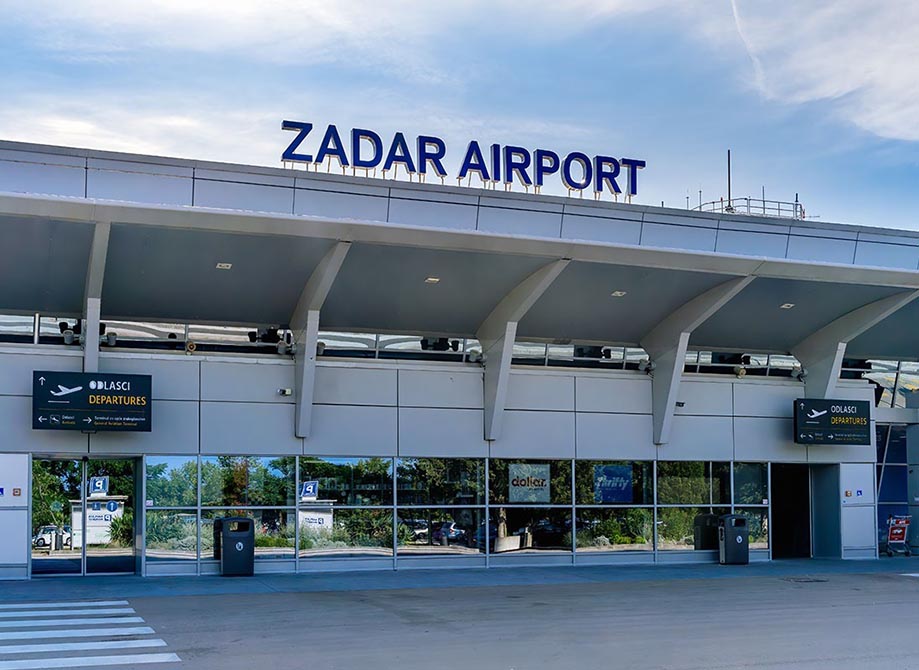
When I first started planning my trip to Croatia, I was determined to make it happen without spending a fortune—especially on flights. As a seasoned traveler, I’ve always believed that every euro saved on airfare is a euro gained for experiences: a sunset cruise off the Dalmatian coast, a seafood feast in Split, or even just an extra scoop of gelato in Dubrovnik. So when it came to flying into Croatia, I embraced the challenge of finding the most budget-friendly route possible.
In this article, I’m sharing my personal experiences, practical tips, and a few lessons I learned the hard way, all focused on how to fly to Croatia using low-cost airlines. If you’re planning your own Croatian adventure and want to get there without breaking the bank, keep reading—this is for you.
✈️ Why I Chose a Low-Cost Airline
I’ve flown low-cost carriers many times before, and while they don’t offer the same bells and whistles as full-service airlines—no free snacks, no checked bags included, no luxury seating—the value they provide can be unbeatable if you know how to navigate the system. For me, it’s never been about the airline experience itself, but about arriving at my destination with more of my budget intact for the actual trip.
When planning my journey to Croatia, I quickly discovered that major cities like Zagreb, Split, Dubrovnik, and Zadar are all well-connected to other European hubs through low-cost airlines such as Ryanair, Wizz Air, and easyJet. I was flying from Western Europe and used several comparison tools like Google Flights and Skyscanner to play around with routes and dates. After a bit of digging, I struck gold with a direct flight from Berlin to Zadar on Ryanair. The best part? A round-trip fare for just under €70—a deal that still amazes me.

That single decision—to go budget on the flight—allowed me to free up money for unforgettable Croatian experiences, like sailing through the Kornati Islands and feasting on fresh seafood by the harbor.
🔍 Step 1: How I Searched for the Cheapest Flights
Instead of going straight to an airline’s website, I used flight comparison platforms like:
Google Flights: Perfect for flexible date searches and route inspiration.
Skyscanner: Ideal for spotting low-cost carriers and playing around with budget constraints.
Kiwi.com: Great for combining multiple low-cost airlines into one itinerary.
I entered “Croatia” as my destination rather than a specific city, which gave me a broader overview of potential arrival points. This flexibility saved me a lot. If you’re dead-set on Dubrovnik, for example, you might miss a bargain flight to Zadar or Split.
Once I found a few promising options, I booked directly through the airline’s website, which is usually safer and sometimes even cheaper than third-party platforms.
🧳 The Real Cost: Not Just the Ticket Price
This is where many travelers get tripped up. That €35 one-way fare sounds amazing until you realize you’ll pay:
€25 for a carry-on bag
€10 for seat selection
€20 for priority boarding
€5 for credit card fees
I learned early on to read the fine print carefully. For my trip, I opted for a slightly more expensive fare bundle that included priority boarding and one cabin bag, which saved me money compared to buying those add-ons separately. I also made sure my backpack met the strict dimension limits—nothing ruins a budget trip like unexpected luggage fees at the gate.
💺 Seat Selection: To Pay or Not to Pay?
I usually skip seat selection unless it’s a long flight, but since I had a three-hour journey, I paid €6 for a window seat. Worth it? Honestly, yes. The views flying into Zadar were stunning—the turquoise Adriatic, red-roofed villages, and rugged cliffs all visible from above. Plus, knowing I wouldn’t be squished between two strangers gave me peace of mind.
🍽️ What About Food?
Low-cost airlines aren’t known for their culinary offerings, and prices onboard can be outrageous (€4 for a coffee? No thanks). So I packed:
A sandwich and some snacks
A refillable water bottle (filled after security)
A power bank for entertainment
I never rely on airline entertainment for budget flights. I downloaded a few episodes of a Netflix series and some Croatia travel podcasts for the flight.
🧠 My Strategy for Booking: Flexibility = Savings
One key lesson I’ve learned with low-cost airlines: the more flexible you are, the more you save. That includes being open to:
Flying midweek instead of weekends
Early morning or late-night departures
Alternative airports (Zadar vs. Split, for instance)
I also booked my return flight separately, rather than as part of a round-trip. Mixing and matching airlines let me get the best deal, even if the return was from a different city.
🛬 Where to Land? Choosing the Best Croatian Airport
Croatia has several budget airline-friendly airports, and each offers something unique:
Zadar: A smaller, chill airport—great for exploring Dalmatia and the national parks.
Split: Close to the coast and the islands. More crowded, but scenic and practical.
Dubrovnik: Stunning, but prices tend to be higher and the airport can be chaotic.
Zagreb: Best for inland destinations or connecting to other Balkan countries.
I chose Zadar and was pleasantly surprised. It was efficient, not overcrowded, and just a 20-minute bus ride from the Old Town.
🚌 Getting from the Airport to Town
Budget travel doesn’t stop at the runway. From Zadar Airport, I caught a local shuttle bus to the city center for just €4. Compare that to a €25 taxi and the choice is obvious.
Pro tip: Look up airport transport options before you arrive. Some airports in Croatia have limited transit at night or during off-season periods.

🏖️ Is It Worth It?
Flying low-cost isn’t glamorous—but it is absolutely worth it if your goal is to travel more for less. Thanks to the money I saved on flights, I was able to:
Stay in a beautiful seafront Airbnb
Join a guided boat tour of Kornati Islands
Dine at a family-run konoba that served fresh grilled octopus
All without blowing my budget.
💡 Tips for Low-Cost Airline Success
If I had to boil everything down, here’s what I’d recommend:
Pack light and stick to airline baggage rules—measure your bag!
Be flexible with dates, times, and airports.
Avoid airport food—bring your own.
Download everything you’ll need ahead of time—boarding passes, offline maps, entertainment.
Check transportation from the arrival airport in advance.
Read the terms carefully—and watch out for hidden fees.
Flying to Croatia with a low-cost airline didn’t just help me save money—it completely reshaped the way I think about travel. It forced me to be more intentional with every decision: what to pack, how to research, where to fly into, and even how to make the most of a limited budget. And surprisingly, instead of feeling restricted, I felt more empowered.
Smarter packing became part of the journey. Limiting myself to one carry-on backpack meant every item I brought had to earn its place. I ditched the “just in case” mindset and stuck to the essentials. The result? Less stress at the airport, no checked baggage fees, and the freedom to move easily between Croatian cities—especially useful when navigating cobblestone streets and ferry transfers.
The research phase was equally rewarding. I dove deep into airport transportation options, off-the-beaten-path destinations, and the nuances of different low-cost carriers. I learned how to compare ticket prices beyond just the fare, factoring in luggage policies, airport access, and even potential delays. This deeper level of travel planning gave me confidence and a better understanding of how to make the most of every euro.
Perhaps most importantly, traveling with a low-cost airline reminded me that luxury doesn’t always come from spending more—it can come from spending wisely. I used the money I saved on flights to enrich my experience in Croatia. I joined a sunset kayak tour along the Dubrovnik walls, tasted local wines in a family-run vineyard near Split, and took a spontaneous ferry ride to a lesser-known island that wasn’t in any guidebook. These moments were far more valuable than an in-flight meal or extra legroom.
And let’s be honest—flying budget can be a little chaotic. The lines might be longer, the seats might be tighter, and the boarding process might lack finesse. But once you accept those trade-offs, the benefits often far outweigh the inconveniences. What you lose in comfort, you gain in flexibility, affordability, and often a sense of adventure.
So if you’re hesitating about booking that budget flight to Croatia, don’t let uncertainty hold you back. With a little preparation, a flexible attitude, and the right mindset, budget travel can be just as enriching—if not more so—than luxury experiences. You don’t need a first-class ticket to have a first-class trip. What you do need is curiosity, awareness, and a willingness to adapt.
Trust me: you’ll step off that plane with more euros in your pocket and more space in your heart for everything Croatia has to offer—from its glittering coastlines and historic towns to its warm hospitality and rich culture.
Bon voyage—and see you on the Adriatic coast!


